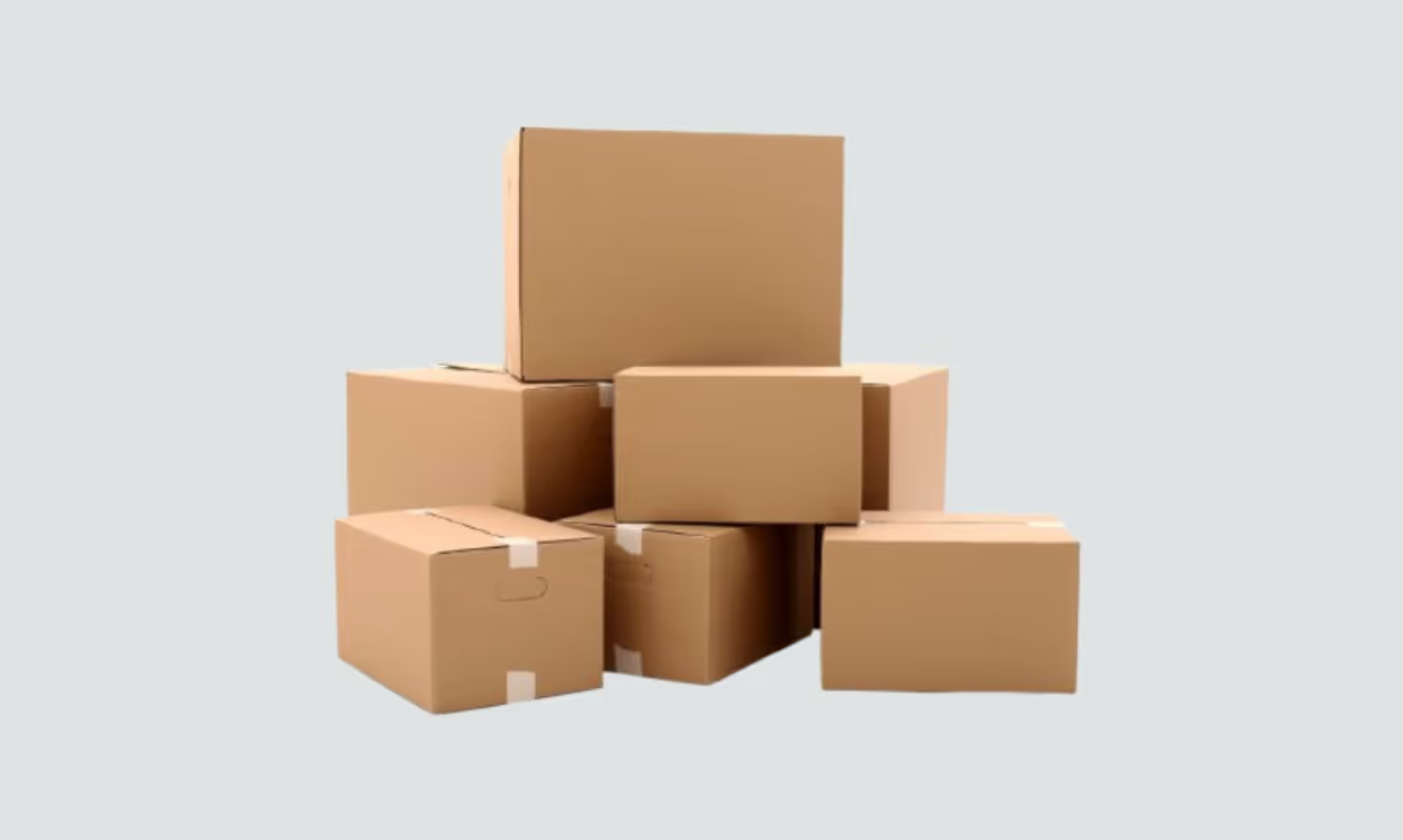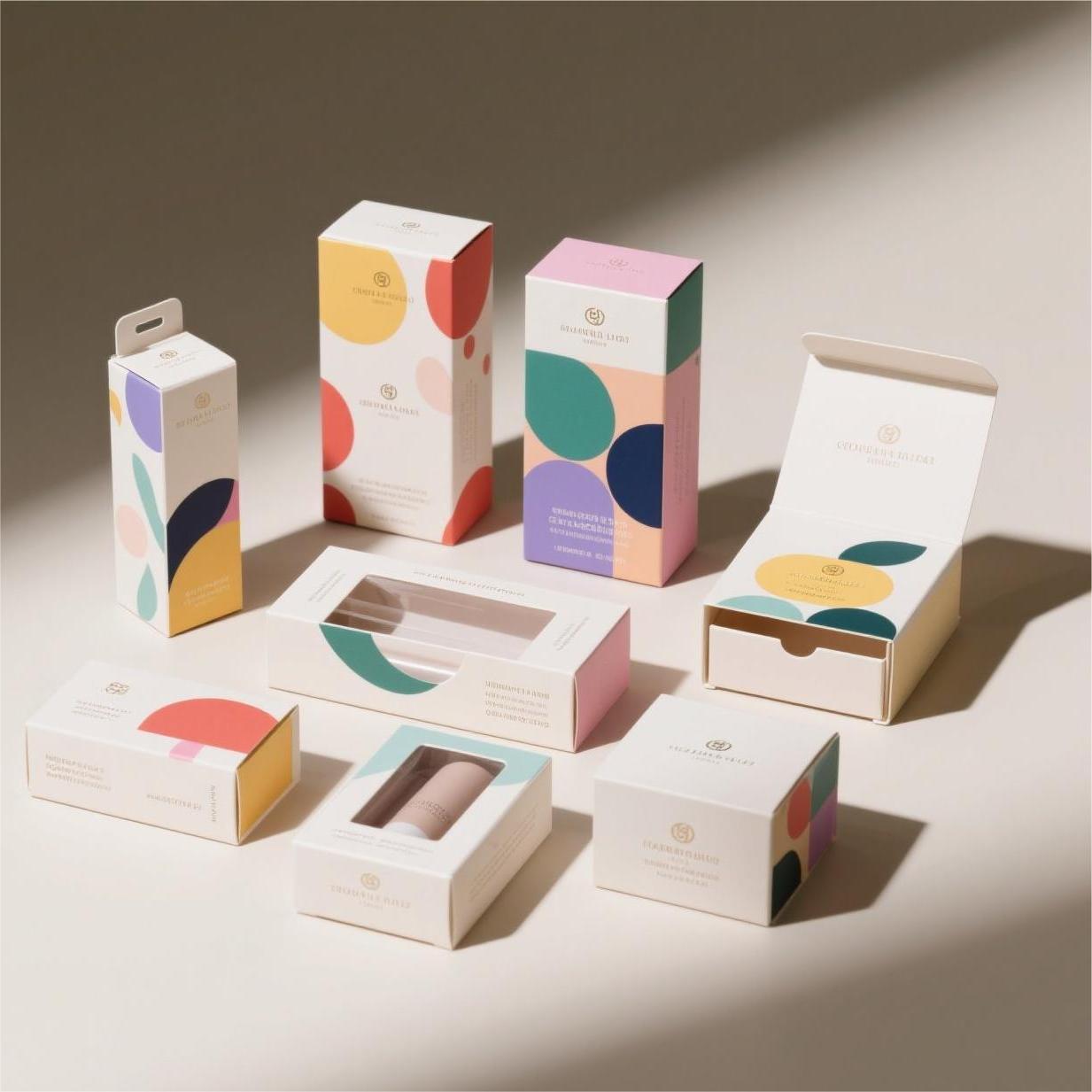What is a Cardboard Box?
Discover what a cardboard box is, its types, uses, and benefits in packaging, shipping, and storage solutions for various needs.
Contact Us now
Table of content

Ready to Elevate Your Brand with 100% Custom Box & Bag Solutions?
Get a Free QuoteA cardboard box, also known as a folding carton, is a type of packaging made from thin paperboard or cardboard, typically used for lighter or more common products. Compared to the more durable and sturdy rigid box, the cardboard box is lightweight, easy to fold, and cost-effective, making it ideal for mass production and transportation. Cardboard boxes are widely used in packaging for food, pharmaceuticals, everyday items, and cosmetics.
Main Features of a Cardboard Box
- Lightweight Material
Cardboard boxes are primarily made from paperboard or corrugated paper, which is light but strong enough to protect the product. Common printing packaging materials include whiteboard, kraft paper, and coated paper, with a thickness typically ranging from 300 to 500 grams. - Easy to Fold and Store
The design of cardboard boxes usually allows them to be folded flat when not in use, saving storage and transportation space. They can be easily assembled into a box when needed, making them convenient and quick to use. - Eco-Friendly and Recyclable
Since cardboard boxes are often made from eco-friendly materials, most are recyclable, meeting the demand for sustainable packaging. Additionally, many cardboard materials come from renewable sources, further enhancing their environmental friendliness. - Flexible Printing and DesignThe surface of cardboard boxes can accommodate various printing techniques such as offset printing, digital printing, foil stamping, and UV printing, allowing for vibrant designs and branding. Additionally, the shape and size of the boxes can be customized as needed, offering design flexibility.
- Low Cost
Compared to other packaging options, cardboard storage boxes are more cost-effective, especially for large-scale production. For products with lower protection requirements, cardboard boxes are an economical and efficient choice.
Common Types of Cardboard Boxes
Windowed Cardboard Box
This type of packaging liner features a transparent plastic window on the box, allowing consumers to see the product inside. It's commonly used for packaging food, toys, and other display products.
.avif)
Lock-Bottom Cardboard Box
These custom packaging boxes have a self-locking bottom structure, eliminating the need for glue or other tools during assembly. They are commonly used in packaging for everyday items and cosmetics.

Tuck-End Cardboard Box
With a tuck-end structure that secures the top and bottom of the box, these boxes are simple to open and close, making them ideal for lightweight products such as pharmaceuticals and small parts.
.avif)
Corrugated Cardboard Box
Made from corrugated paper, these boxes offer higher strength and protection, making them suitable for packaging electronic products and fragile items during transportation.
-2.avif)
Applications of Cardboard Boxes
- Food Packaging
Cardboard boxes are widely used in food packaging, such as for cookies, cakes, and tea. They not only provide basic protection but also enhance the product’s visual appeal through design. - Cosmetic Packaging
Cosmetics are often packaged in beautifully designed cardboard boxes, which not only display the product but also offer protection against minor damage. - Everyday Product Packaging
The power of packaging is significant: Everyday items like toothpaste, soap, and shampoo are usually packaged in cardboard boxes. The boxes make it easy to print branding and usage instructions, serving as an essential packaging format for fast-moving consumer goods. - Pharmaceutical Packaging
Cardboard boxes are common in pharmaceutical packaging, particularly for tablets and capsules. They not only protect the medication but also provide clear usage instructions and labeling.
Conclusion
Cardboard boxes are a lightweight, flexible, eco-friendly, and cost-effective packaging solution that finds applications across various industries. While they may not be as sturdy or premium as rigid boxes, their convenience and versatility make them an indispensable part of everyday packaging needs.
Recommended for you









